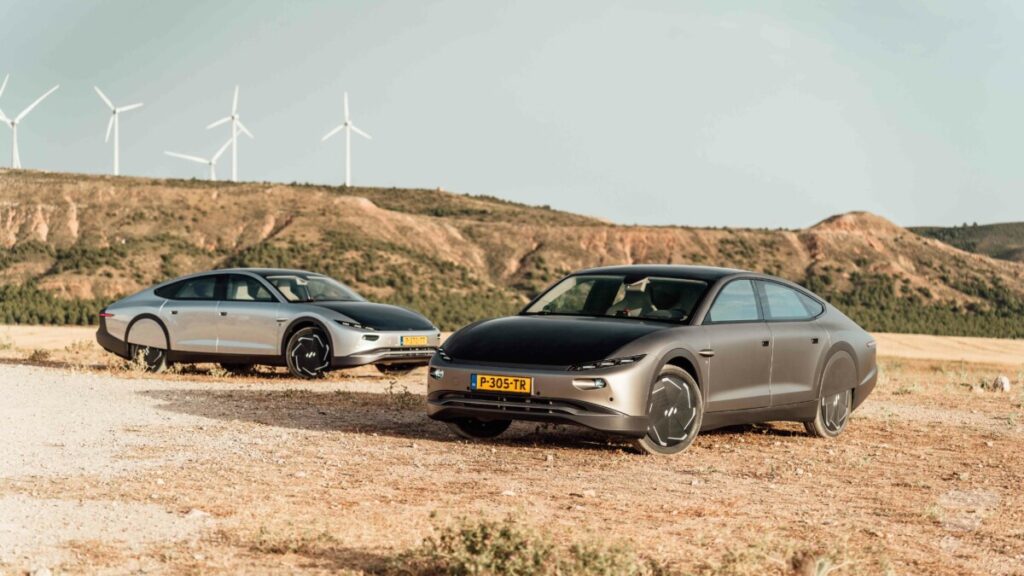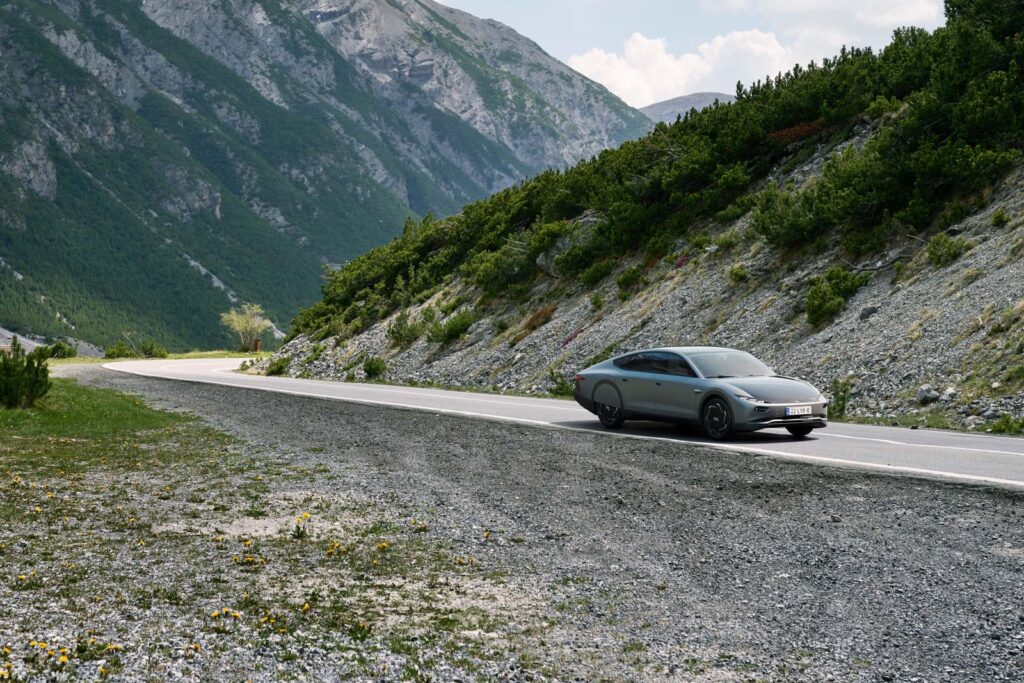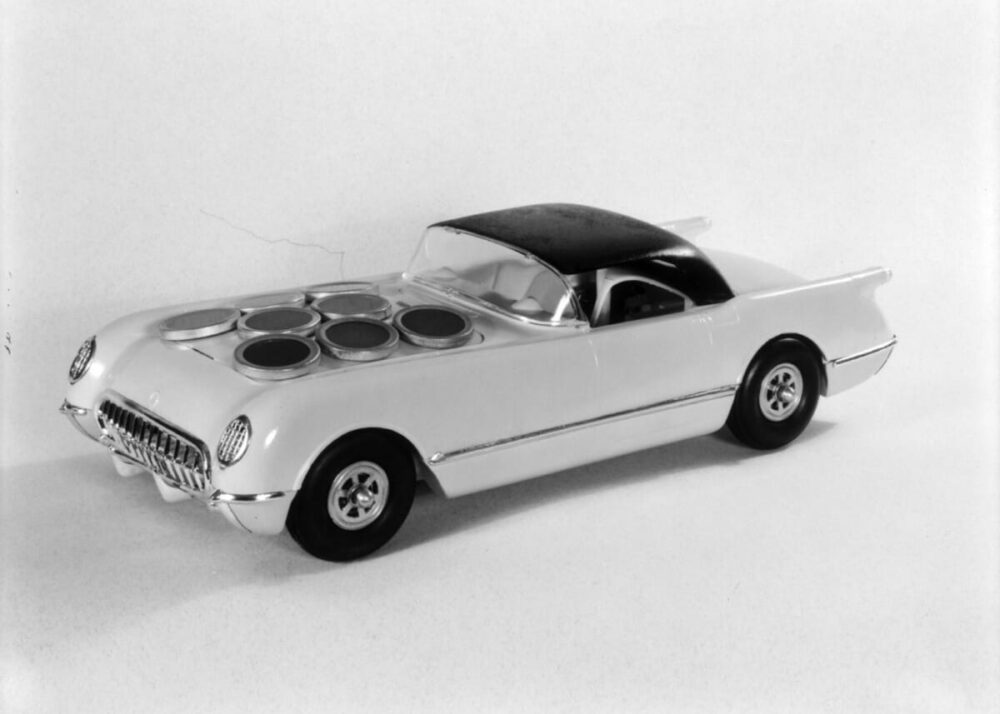We have witnessed the rise of various “solar electric car” manufacturers over the past few months, if not years (Lightyear, Sono Motors Sion, Aptera), a confusing name that actually refers to an electric vehicle that is partially powered by solar energy. Can this technical fix, however, actually be made to last? In the end, wouldn’t it be preferable to use photovoltaic panels to charge a traditional electric vehicle?

If you pay close attention to the news surrounding electric vehicles, you have undoubtedly already come across countless pieces mentioning the well-known “solar cars.” Even better, we recently had the chance to test one out on Frandroid—the renowned Lightyear 0—and it was both an intriguing and puzzling experience.
The phrase “solar automobile” has really been somewhat usurped. Even strictly speaking, as these cars categorically do not run on solar energy Obviously not directly. In general, even though technology is developing more quickly than we realise, solar cars, which run solely on solar energy, are not a thing of the future.
Describe a solar automobile.
A solar car in 2023 is a design with solar panels that can store solar energy to later redistribute it in the batteries. But where is the battery? of course, from an electric vehicle. In order to popularise the concept a little, the phrase we should use is “solar electric car.”
How does it function technically? It is comparatively easy. The cells mounted on the automobile (often on the roof and the bonnet) will convert each solar radiation it receives into energy thanks to the photovoltaic effect, and this energy will then be stored in a battery. The car will then use this energy as it travels.
The issue, or perhaps “the issue” is that cars cannot simply rely on the photovoltaic effect. The stored energy is insufficient to fill even 10% of a battery with a capacity of about 60 kWh in a day, even during particularly sunny conditions. The other issue is that you will stay at the dock if the weather is severe or it is dark.
Who are the main participants in this area?
Although while the idea of a car powered only by solar energy today may seem very utopian, certain people in the automotive industry have been working on it for a while.
For the record, the “sunmobile,” a scale model unveiled by its creator, a General Motors employee named William G. Cobb, at the General Motors Car Show on August 31, 1955, was the first solar vehicle to be produced. This car will continue to be a scale model, as you might anticipate.
The first Tour de Sol, a 368 km rally split into five stages, was staged in 1985. Teams from various institutions competed to develop and drive a solar car across the full course. A little craze developed around this solution as a result of the enjoyable races, which led to the production of solar cars designed to be driven on the road network in the late 1980s.
The issue is that they lacked both strength and pleasure severely. Today, we might contrast their performance with that of unlicensed vehicles.
With the introduction of electric vehicles, solar cars have become more popular once again. Several automakers have decided to provide solar cars as a way to stand out, allowing the photovoltaic panels to partially power the batteries.
Audible Motors

One of the most well-known initiatives is Sono Motors’ Sion, a family-friendly electric vehicle that will be sold for under 30,000 euros.
The automobile has photovoltaic cells all over it and claims to be able to go several tens of kilometres every week for free thanks to the sun, which is especially appealing to potential investors at the moment.
Lightyear
The Lightyear 0 is now the “star” of solar automobiles. In a word, it is a Dutch firm that has launched a vehicle equipped with solar panels. When sunlight conditions are favourable, these panels can provide about 1 kW of electricity, which is equal to 70 kilometres of autonomy every day.
According to the WLTP cycle, the vehicle has a 60 kWh battery and a range of 625 kilometres. Nevertheless, consumption is shown to be 10.5 kWh on average at 110 km/h, in large part due to good aerodynamic and weight reduction efforts (the car weighs almost the same as a Renault Zoe). According to Lightyear, a 50 kW fast terminal can recover up to 520 kilometres in an hour.
Aptera
We can also include Aptera, an American manufacturer, but to a lesser extent. The business announced the beginning of reservations for its solar car’s Launch Edition launch edition at the beginning of the year. Then it is shown as 33,200 USD, or roughly 30,492 euros.
Customers will particularly benefit from a range of 400 miles, or roughly 643 kilometres, at this price thanks to a 42 kWh battery, according to the brand’s website. The car is now only offered in the United States, and as you can see from the photographs below, it’s not quite a car as you might think.
Its roof-mounted solar panels give it the ability to increase its autonomy by up to 40 miles (64 kilometres) each day. The Aptera claims to have a 128 kW output, or 174 horsepower, and can accelerate from 0 to 100 km/h in about 4 seconds.
Because France should be the first country in the world to market the solar car as standard, we regrettably do not yet know if it will be offered there.
Why do they (already) have problems?

Start with Sono Motors since it appears to be having the most trouble. The manufacturer is having trouble locating reliable investors who can provide the necessary funding to begin the production process.
Sono Motors even started a crowdsourcing initiative with the hashtag #SaveSION in December 2022 to try and continue to survive. The goal is to raise about 100 million euros from private citizens. The zeal was really unexpected considering that there was still a great deal of interest in this model at the end of the campaign, even though Sono Motors did not even accomplish half of the goals.
Sadly, this is insufficient to begin production. But, in an effort to raise the required cash, the founders choose to prolong the crowdfunding campaign until February 28. 3,500 Sion are totally compensated with 100 million euros. Sadly, the manufacturer has just stated that it would like to resell the Sion programme to a business that is interested.
Even if the most recent news, which was announced at the start of 2023, may not be the best, things are improving for Lightyear. Perhaps they at least have something to hide. Even though the Dutch company advertises a price of about 300,000 euros, the Lightyear 0 is highly pricey. There were to be 1,000 copies made. For a brand that the general public is unfamiliar with to provide a car at such a high price is pretty audacious.
Lightyear didn’t take long to set the automobile aside. On January 24, the producer declared that it was giving up on this first model in order to concentrate on the creation of Lightyear 2, its follow-up. The company has already teased its next model with a number of images.
If we’re talking about a price of 40,000 euros, the Lightyear 2 will be a little 0 and, more importantly, it will be significantly more accessible. Around 60,000 bookings have already been made, according to the maker. The car is admirable and boasts a range of up to 800 kilometres, some of which is powered by solar panels.
Overall, the democratisation of 0 technologies will be advantageous, but even under ideal conditions, it is unlikely that solar panels will be able to supply more than 10% of the battery capacity.
For its part, Aptera declares that orders for its new model are currently being accepted for a $100 down payment. the same sum demanded by Tesla to reserve a copy of its Cybertruck.
Yet, since the production lines should be ready in nine months, production shouldn’t begin for at least a year. Even worse, the business would still require an additional $50 million to begin manufacturing. What does it make you think of?
The solar car: Why is it a utopia?
As you probably well know, “solar automobile” is neither more nor less than a marketing gimmick. Strictly speaking, in a sunny environment, the sun can provide for customers’ weekly needs, which is good news because, unless proven differently, solar energy is free. especially considering that the average Frenchman drives less than 30 kilometres per day.
But, the technology is still more equivalent to a hybrid engine, especially since the car won’t move forward if the battery is empty, regardless of whether it is sunny outside. This is because these models can’t generate enough electricity to move the car forward in bright sunlight.
As they do not specifically refer to solar cars, the experiences of other makers of solar cars that we have not yet highlighted are actually more interesting.
For example, Toyota has provided this option on the rechargeable Prius for many years in order to recharge the little battery of its hybrid vehicle by a few kWh. Fisker is also incorporating it into its Ocean electric SUV in the same vein.
Technically speaking, for the time being, it would require surfaces considerably larger than automobiles to be able to drive entirely on solar power—all in sunlight conditions that are only present in very narrow geographical places and are uncomfortable for people to endure.
In actuality, having a car with photovoltaic panels does not always make sense if you want to run purely on solar power. Instead, it is sufficient for them to routinely recharge their electric car in their home, which is fitted with powerful solar panels.
ALSO READ THIS : School Girls Poised In Iran ?

